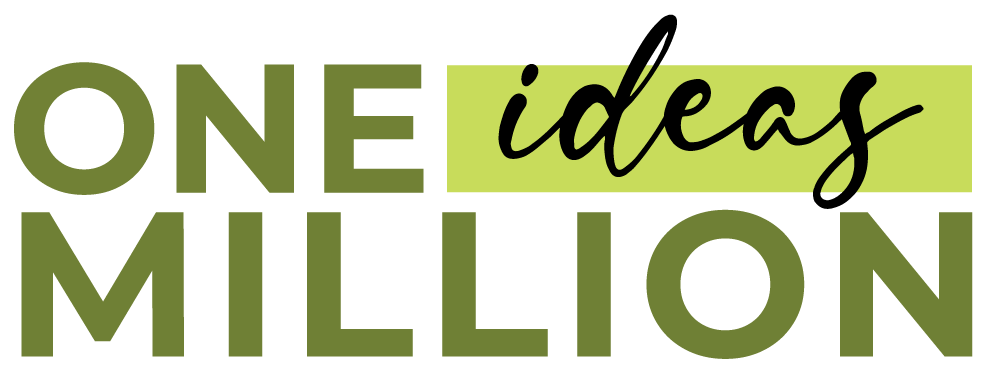The butterfly pea flower (Clitoria ternatea), known for its striking blue hue, has captivated both scientists and tea enthusiasts worldwide.
Native to Southeast Asia, this unique flower has been used for centuries in Ayurvedic and traditional Chinese medicine for its therapeutic properties.
Whether consumed as tea, added to culinary creations, or applied topically, the butterfly pea flower boasts a range of benefits for the mind and body.
Let’s explore its remarkable health potential and how to incorporate it into your daily routine.
#1. Enhances Cognitive Function
Butterfly pea flower is traditionally revered as a brain tonic in Ayurvedic medicine. It supports memory, learning, and overall cognitive health.
This nootropic herb influences acetylcholine levels in the brain, a neurotransmitter essential for memory and learning processes.
Research published in Frontiers in Aging Neuroscience suggests that butterfly pea flower can enhance cognitive performance and reduce oxidative stress in the brain.

#2. Reduces Stress and Promotes Relaxation
This vibrant flower is often used as a natural adaptogen, helping the body combat stress and promote emotional balance. It soothes frazzled nerves and supports a state of calm, making it an ideal caffeine-free alternative to chamomile tea.
Sipping butterfly pea tea before bedtime can help ease tension and improve sleep quality.
#3. Fights Oxidative Stress with Powerful Antioxidants
Butterfly pea flower is packed with anthocyanins like ternatin, quercetin, and kaempferol, which neutralize free radicals and reduce oxidative damage. These antioxidants support overall health, including cardiovascular function and skin vitality.
Regular consumption may help protect lipids from oxidation, promoting healthier cholesterol levels.

#4. Promotes Healthy Hydrated Skin
Butterfly pea flower’s antioxidants and collagen-enhancing properties make it a natural ally for skin health. By stimulating collagen production and preventing its breakdown, it supports elasticity, hydration, and a youthful glow.
A study in the Journal of Cosmetic Science found that topical application of butterfly pea extract increased skin hydration by 70% within an hour.
#5. Encourages Hair Growth and Scalp Health
In Southeast Asia, butterfly pea flower is often used as a key ingredient in herbal shampoos. Its bioflavonoids and antioxidants support scalp health and strengthen hair follicles, promoting fuller and shinier hair.
Studies confirm its role in improving hair density and reducing scalp inflammation.
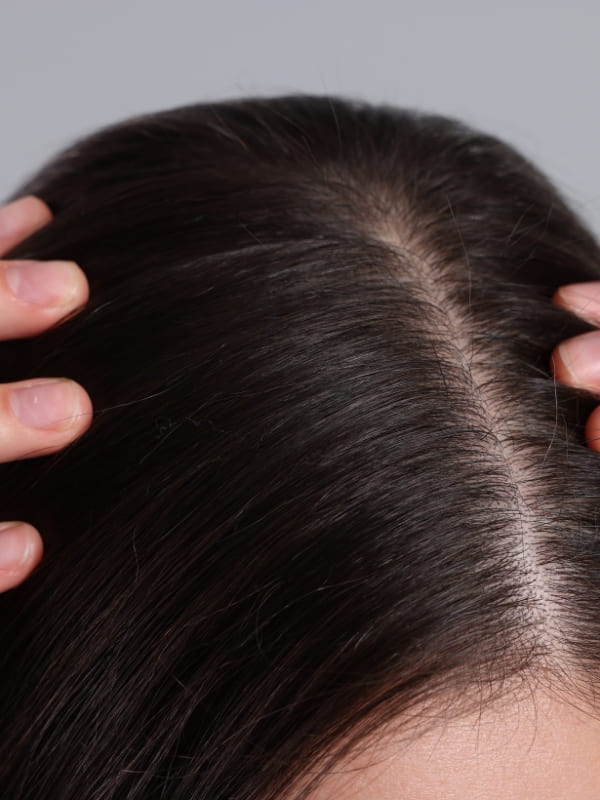
#6. Balances Blood Sugar Levels
The flower’s bioactive compounds, including EGCG (commonly found in green tea), help regulate glucose metabolism. Research shows butterfly pea tea may improve insulin sensitivity and support balanced blood sugar levels.
While promising, it’s always best to consult a healthcare professional for managing blood sugar.
#7. Supports Digestive Health
Butterfly pea flower acts as a mild digestive aid. Traditionally, its roots were used as a laxative, while the flower helps soothe the gut and reduce inflammation.
Regular use may ease bloating and indigestion and support a healthy gut microbiome.
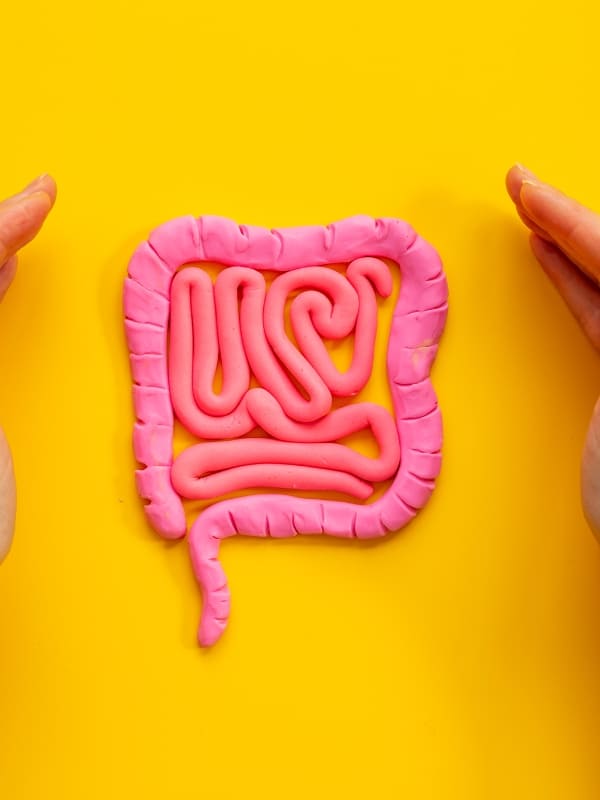
How to Use Butterfly Pea Flower
1. Enjoy It as Tea
One of the simplest and most popular ways to use butterfly pea flower is to brew it into a tea. Add 2–3 dried flowers to a cup of boiling water, letting it steep for 5–10 minutes.
The resulting tea is a deep, mesmerizing blue. For a fun twist, squeeze in a few drops of lemon or lime juice to watch the color change to purple or pink.
This drink is caffeine-free, making it an excellent choice for a calming beverage in the evening.

2. Infuse It into Lattes and Smoothies
For a vibrant and nutrient-rich addition to your favorite drinks, blend butterfly pea flower powder into lattes or smoothies.
It pairs beautifully with ingredients like almond milk, vanilla, or tropical fruits, creating a visually appealing and delicious beverage.
This is a fantastic option for morning energy or post-workout refreshment.
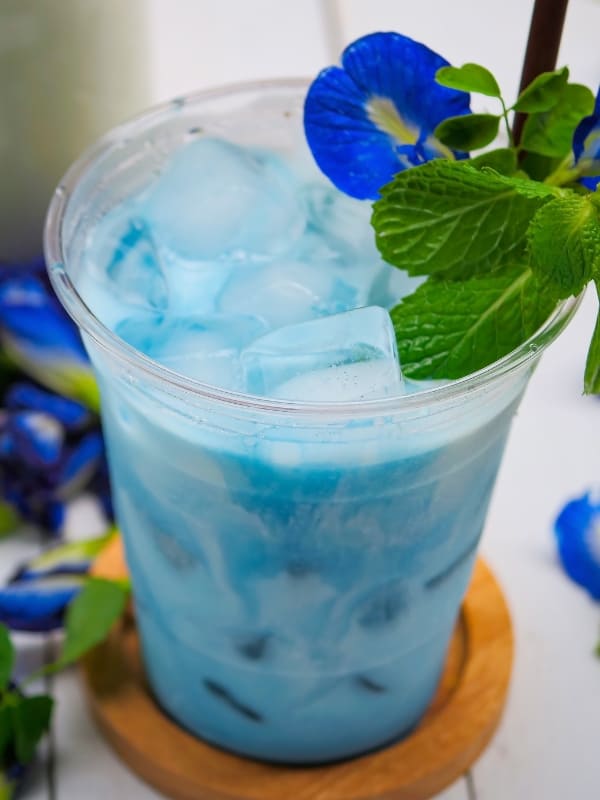
3. Incorporate It into Culinary Creations
Butterfly pea flower is also used as a natural food coloring in desserts like cakes, puddings, and ice creams. Its brilliant blue hue adds a creative touch to any dish.
If you’re feeling adventurous, try making butterfly pea flower rice for a colorful twist on a staple dish, or add it to cocktails for an unforgettable presentation.
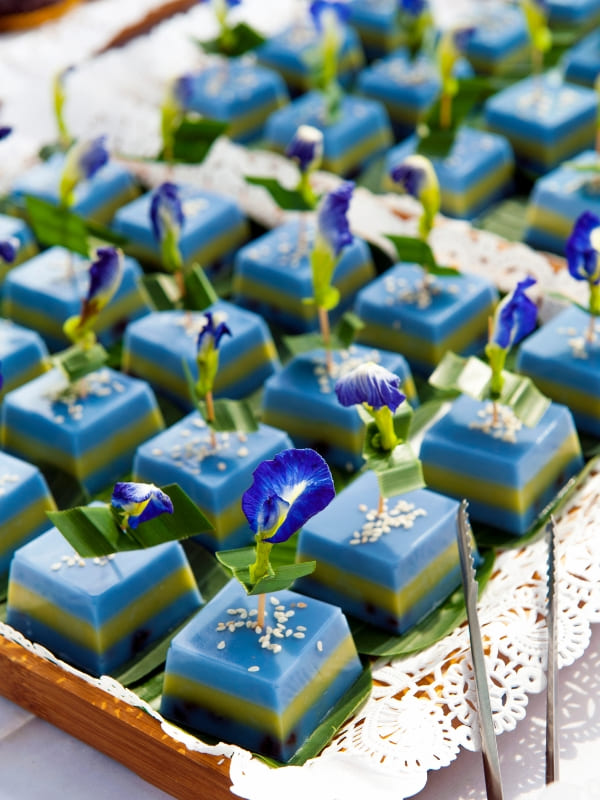
4. Use It in Skincare
Rich in antioxidants, butterfly pea flowers can be a fantastic addition to your skincare routine. Infuse the petals in warm water to create a natural toner that soothes and refreshes your skin.
Alternatively, use the infused water as a base for DIY face masks or hair rinses to support hydration and promote healthy scalp conditions.
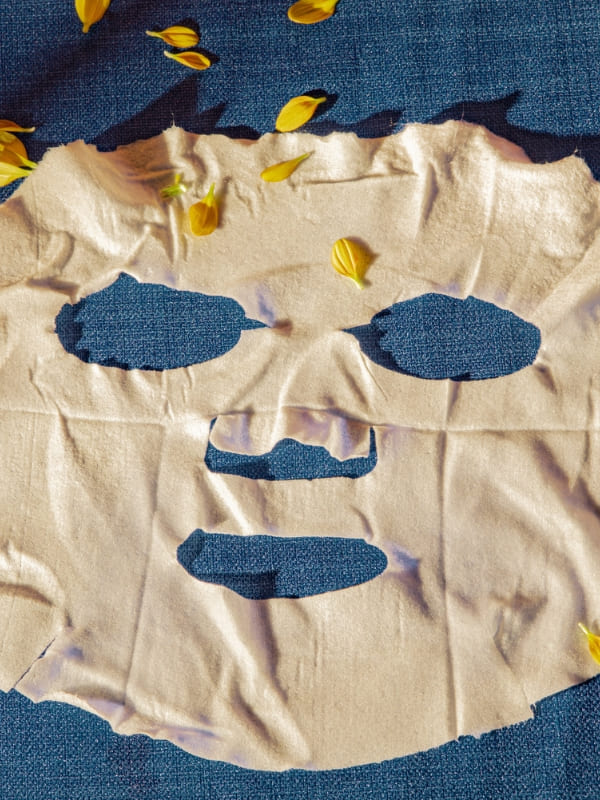
Cautions and Precautions
While butterfly pea flower is generally considered safe for most people, some individuals may experience mild side effects such as nausea or stomach discomfort if consumed in large amounts.
Although the petals are widely consumed in traditional medicine, there is limited research on their safety during pregnancy and breastfeeding. Some sources suggest that the plant may promote uterine contractions, particularly the roots.
Butterfly pea flower may interact with certain medications, such as blood thinners or medications for blood sugar regulation.
As with any plant-based product, there is a small risk of allergic reactions. If you notice itching, swelling, or other signs of an allergy after consuming butterfly pea flower, discontinue use immediately and consult a healthcare provider.
Disclaimer
This article is for informational purposes only and not intended to replace professional medical advice.
Always consult your healthcare provider before adding new supplements or herbs to your routine, especially if you are pregnant, breastfeeding, or have existing medical conditions.
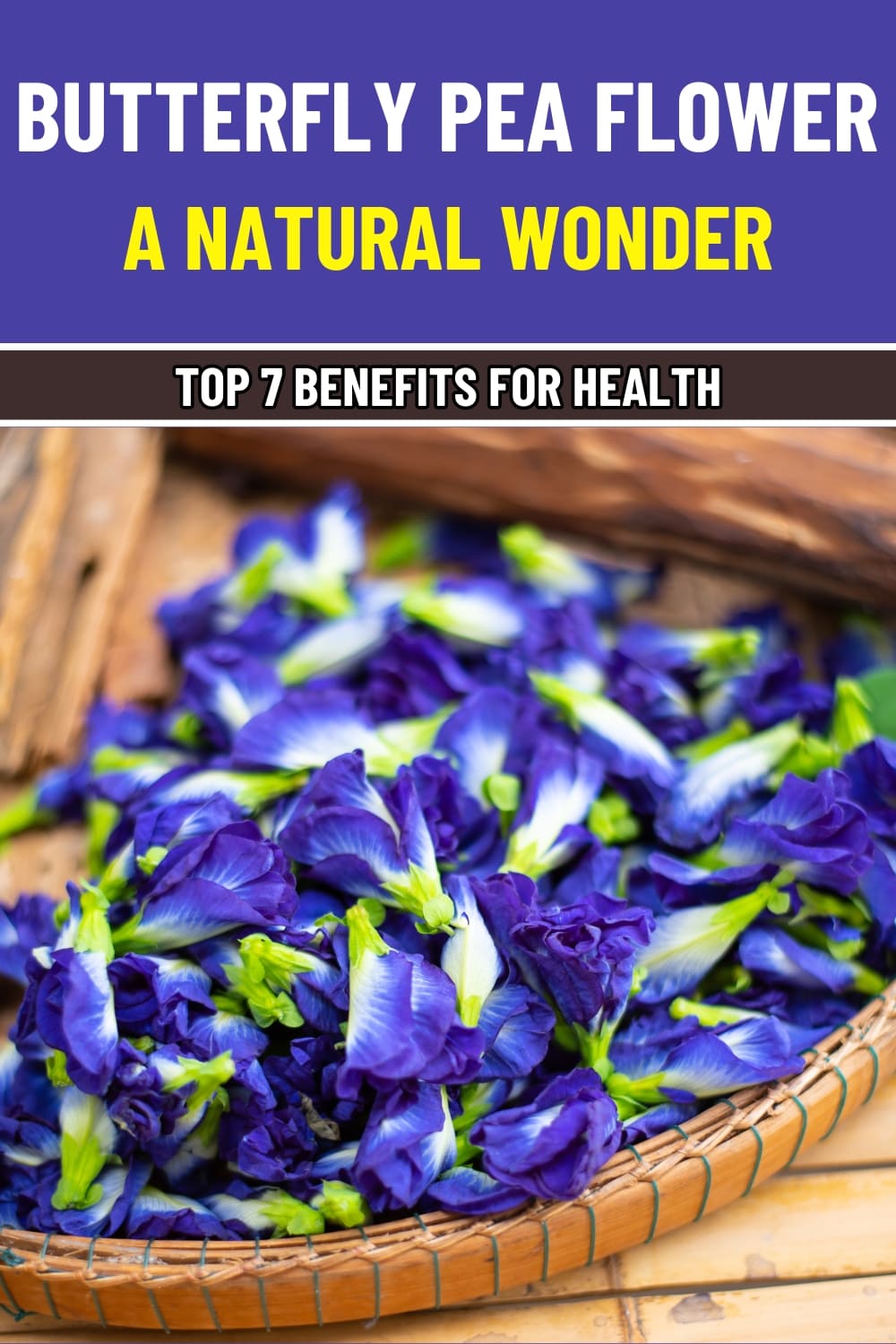
Butterfly Pea Flower: The Vibrant Blue Tea with Stunning Health Benefits
